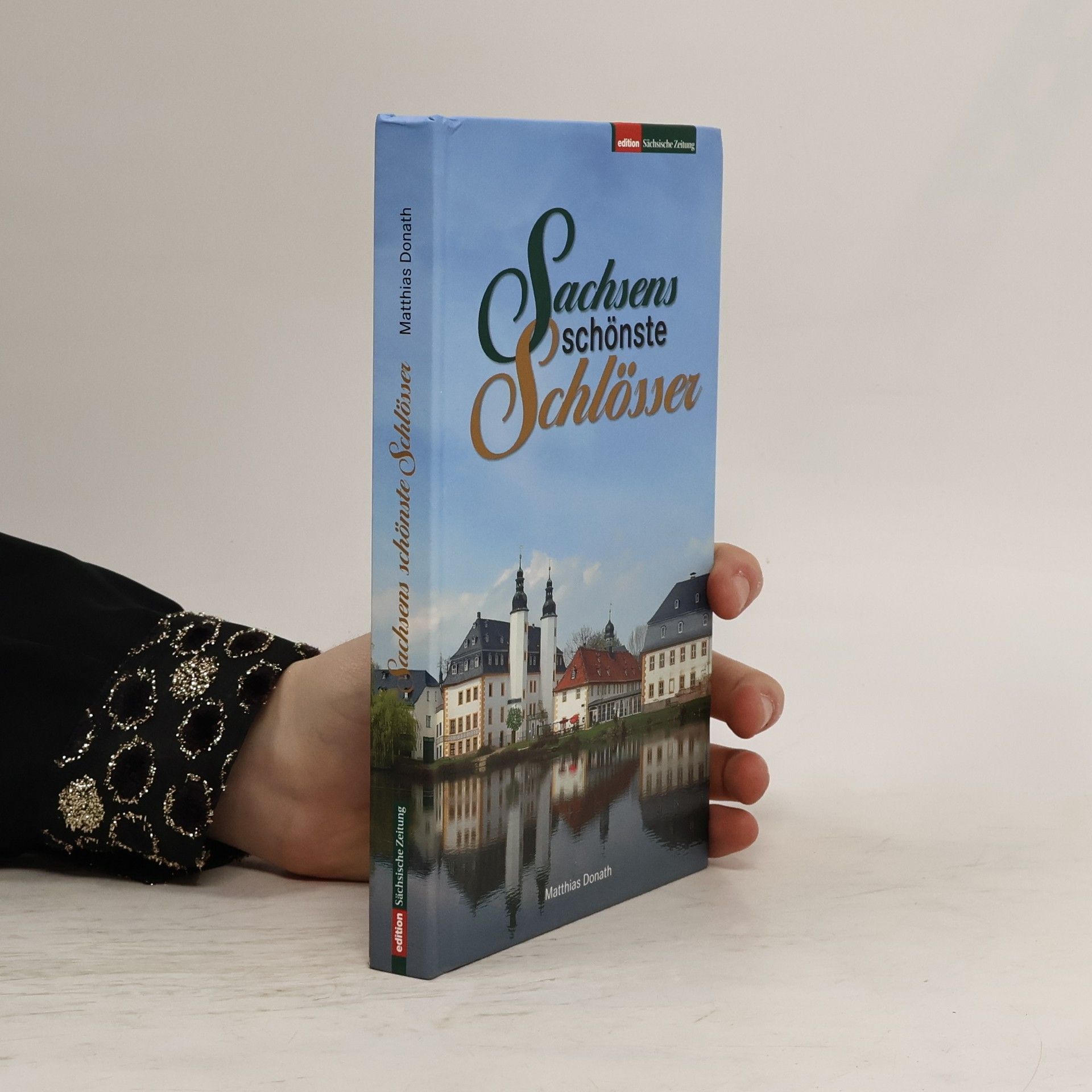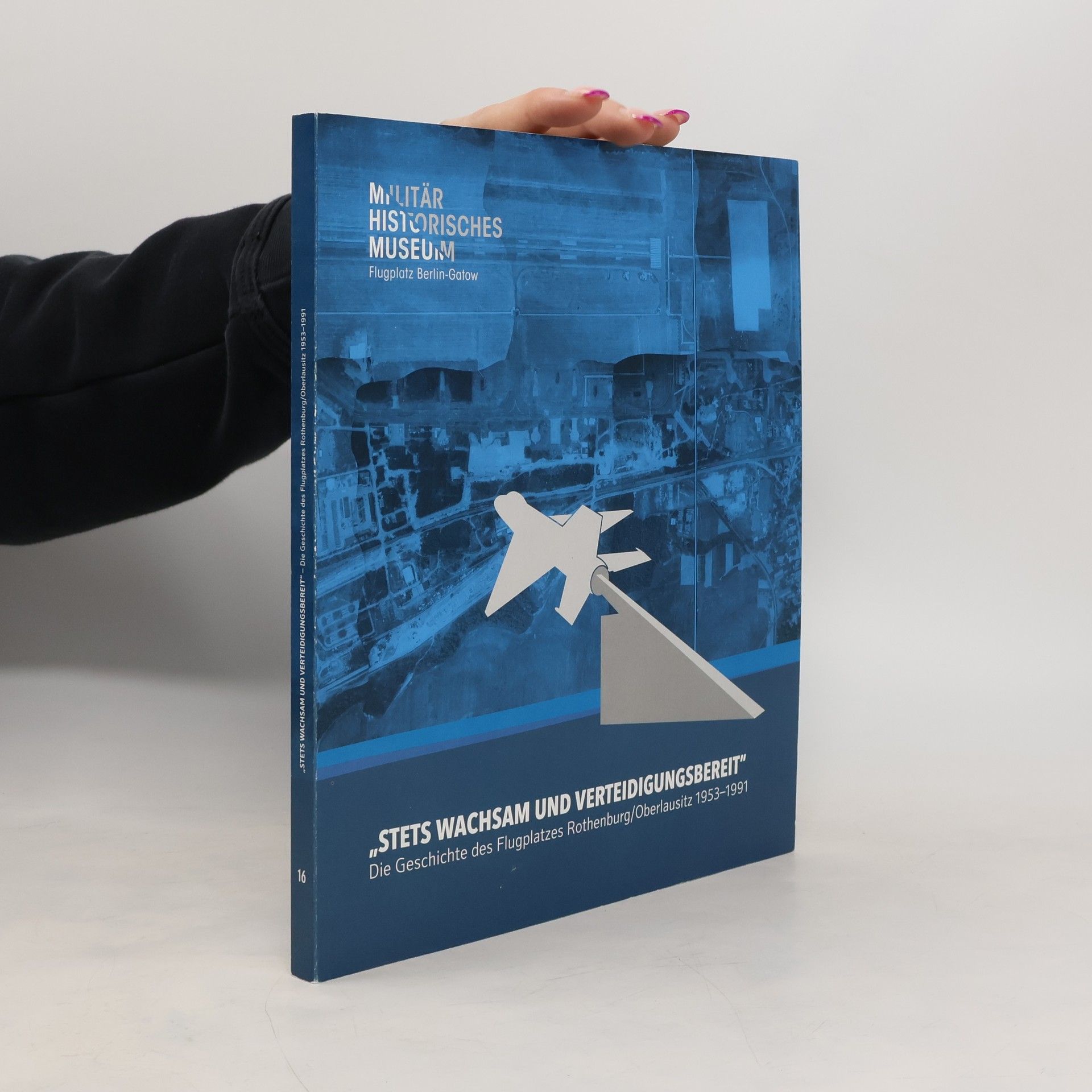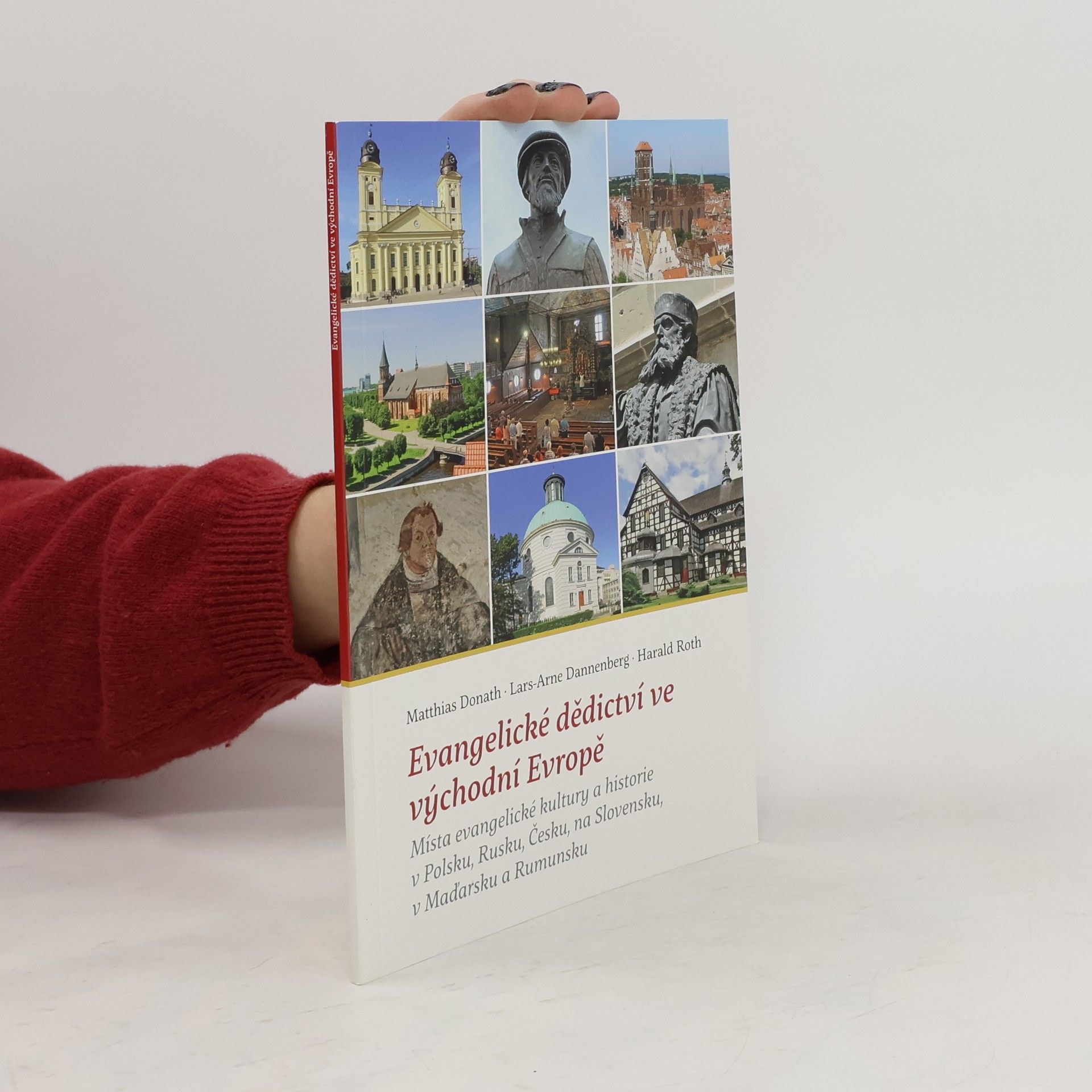Many of the buildings erected during the era of National Socialism are still standing in downtown Berlin today. In this architecture guide Matthias Donath, building and art historian, presents thirty typical examples of Third Reich architecture. Almost all of the buildings from this period are preserved except for the Reich Chancellery where only traces remain. In addition to ministries, administration centers and embassies, the author describes bunkers, office buildings and a house of the Hitler Youth. The Tempelhof Airport and Olympic grounds are well-known even outside of Berlin. The buildings presented in the book show how diverse the architecture was during these years. The author explains their different functions as well as their intended political message and how they were used for propaganda. Historical photos show the original buildings. Visitors to Berlin and Berlin residents curious about their city’s history will find this book illuminating. The sites are easy to find with the help of a map. Thirty buildings from Berlin’s inner districts are described in this architecture guide, including traces of the Reich Chancellery, various ministries, the Reich National Bank, air-raid and anti-aircraft bunkers, embassies, the Tempelhof Airport, the exhibition and convention grounds, business offices, a model house for the Hitler Youth, the Reich Sports Field (Olympic stadium) and the ensemble at Fehrbelliner Platz.
Matthias Donath Boeken






Moritzburg Palace and Little Pheasant Palace
- 72bladzijden
- 3 uur lezen
Moritzburg Palace is one of the most magnificent hunting palaces of the electorates and kings of Saxony. From the hunting residence of Duke Moritz of Saxony, after whom the place was named, arose a baroque residential complex which continues to enchant visitors to this day. The palace itself rises on an artificial island in the middle of the Moritzburg pond area. The four massive round towers are reflected in the water. On the inside one can admire the exquisite interior decoration of the 18th century. Belonging to the Moritzburg surroundings are ponds and forests, gardens, a miniature lighthouse and the fascinating Little Pheasant Castle. With its exotic roof finial emulating examples from East Asia, this little palace served Elector Friedrich August III of Saxony and his family as a private retreat. Until 1918, the Moritzburg hunting grounds counted among the favourite hunting areas of the Saxon kings. Huge antlers and exotic trophies on the interior of the palace recall the passion for hunting of the Wettins and the splendor of the court of August the Strong.
The Dresden Zwinger
- 48bladzijden
- 2 uur lezen
Es heißt, der Zwinger sei gefrorene Musik – der sächsische Sandstein scheint in aufbrausender Bewegung erstarrt zu sein. Erbaut zu Beginn des 18. Jahrhunderts, besteht er aus Pavillons und Galerien, die einen Festplatz umgeben und eine beschwingte Kulisse von betörender Schönheit formen. Der Zwinger verkörpert die Dresdner Barockkultur und ist eine der wichtigsten Sehenswürdigkeiten der sächsischen Residenzstadt. Der Band stellt Entstehung und Geschichte des berühmten Prachtbaus vor und führt durch die faszinierenden Gebäude und Gärten.
Albrechtsburg Meißen
- 71bladzijden
- 3 uur lezen
The Burgberg in Meissen is a more powerful symbol of the state's medieval origins than any other place in Saxony. It was here that, after 1471, the Wettin Electors and Dukes of Saxony built the Albrechtsburg, the first modern residential palace in Germany. With it they created a masterly building whose bold architectural solutions and design ideas continue to impress us up to the present day. In 1710, the famous Meissen porcelain manufactory found a home in the Albrechtsburg, which was empty at the time. After 1864 the castle was converted into a monument to Saxon history. The guide to the castle offers an extensive overview of the castle's eventful history and explains the whole building in detail – both the outstanding architecture and the unique 19th-century murals.
Bunker, Banken, Reichskanzlei
Architekturführer Berlin 1933-1945
Die Innenstadt Berlins wird noch heute von Bauten aus der nationalsozialistischen Ära geprägt. Der Bau- und Kunsthistoriker Matthias Donath stellt in seinem Stadtführer dreißig repräsentative Beispiele dieser Architektur vor. Mit Ausnahme der Reichskanzlei, an die nur noch wenige Spuren erinnern, sind fast alle Bauten des Dritten Reichs erhalten geblieben. Neben den Ministerien, Verwaltungszentralen und Botschaften findet man Bunker, Geschäftshäuser und ein Heim der Hitlerjugend. Der Flughafen Tempelhof und das Olympiagelände sind über Berlin hinaus bekannt. Die im Buch vorgestellten Bauten veranschaulichen die Vielfalt der Architektur jener Jahre. Die unterschiedlichen Funktionen, vor allem aber die intendierten politischen Botschaften und die propagandistischen Absichten werden erläutert. Historische Fotos zeigen den ursprünglichen Zustand. Der Architekturführer spricht gleichermaßen den Berlin-Besucher und den an der Geschichte seiner Stadt interessierten Berliner an. Die Bauten sind mit Hilfe eines Stadtplans leicht zu finden.
"Stets wachsam und verteidigungsbereit"
die Geschichte des Flugplatzes Rothenburg/Oberlausitz 1953-1991
Demokratie und Internet
- 344bladzijden
- 13 uur lezen
Das Internet verändert nicht nur die globale Information und Interaktion, es birgt auch ein enormes Potenzial zur Veränderung der politischen und gesellschaftlichen Interaktion auf lokaler Ebene. Donath zeigt anhand zweier Beispiele aus den USA, wie kommunale Internetportale die Möglichkeiten der Bürgerbeteiligung erweitern und damit ein Instrument zur Stärkung der Zivilgesellschaft sind.

